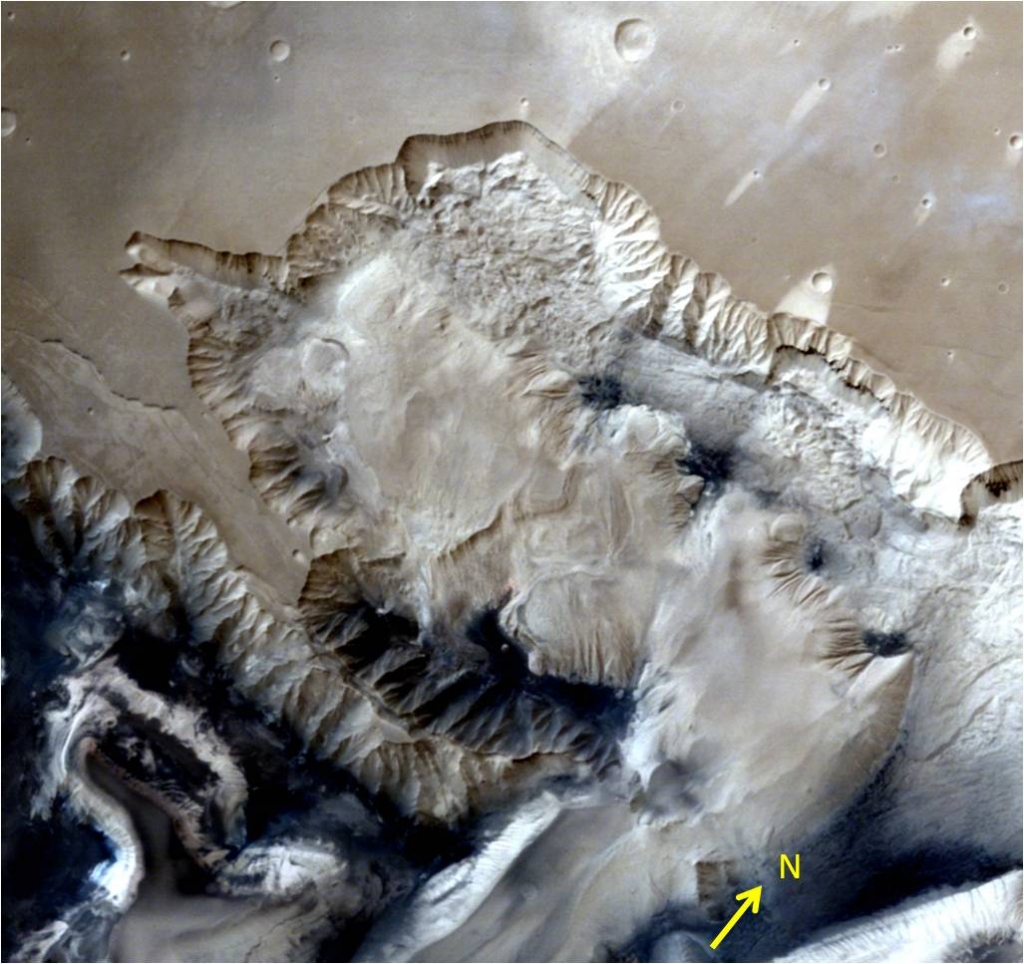-
Tips for becoming a good boxer - November 6, 2020
-
7 expert tips for making your hens night a memorable one - November 6, 2020
-
5 reasons to host your Christmas party on a cruise boat - November 6, 2020
-
What to do when you’re charged with a crime - November 6, 2020
-
Should you get one or multiple dogs? Here’s all you need to know - November 3, 2020
-
A Guide: How to Build Your Very Own Magic Mirror - February 14, 2019
-
Our Top Inspirational Baseball Stars - November 24, 2018
-
Five Tech Tools That Will Help You Turn Your Blog into a Business - November 24, 2018
-
How to Indulge on Vacation without Expanding Your Waist - November 9, 2018
-
5 Strategies for Businesses to Appeal to Today’s Increasingly Mobile-Crazed Customers - November 9, 2018
India’s Mangalyaan sends stunning 3D images of Valles Marineris on Mars
The same fluvial imprints were also spotted in the pictures sent earlier of the Ma’adim Vallis, which is an outflow channel from a space believed to have once contained a group of lakes.
Advertisement
India’s Mars Orbiter Mission has sent back a dramatic image of the Ophir Chasma terrain on Mars, giving us an unprecedented 3D look at one the Solar System’s largest canyons. A chasma is a word that has been designated by the global Astronomical Union to refer to an elongated, steep-sided depression.
India’s Mars Orbiter Mission, which costs around Rs 450 crores and is less than the budget of Hollywood space movie “Gravity”, was launched on 5 November 2013 by the Indian Space Research Organisation (ISRO) from Sriharikota in Andhra Pradesh.
Mars Orbiter Mission (MoM) has achieved far more in its scheduled 6-month trip to the Red planet.
The image was taken on July 19, 2015 at an altitude of 1857 km with a resolution of 96 m.
From the time it’s been launched, MOM has gathered something of a cult following and been a success story for the ISRO.
Since then, Mangalyaan has been busily surveying the red planet’s atmosphere and rocky surface.
The walls are comprised of many different layers, and the floors contain significant deposits of layered materials. The package of images also includes the pictures of the Opir Chasma, a valley 62 km wide and bordered by high cliffs.
Advertisement
The project’s primary objective is to serve as a demonstration of India’s ability to develop and implement interplanetary space technology simultaneously also targeting at accumulating data from Mars.





























